
How Long Do Sugar Gliders Live in Captivity?. Sugar gliders are small marsupials native to Tasmania, Australia, Indonesia and New Guinea. Weighing from 4 to 6 ounces, they are nocturnal tree dwellers. Sugar gliders do not truly fly, but they do coast through the air, similar to flying squirrels. Sugar gliders are related to other animals with pouches, like wombats, kangaroos and opossums. They do well in large aviaries, where they sleep in a small box and are friendly if well socialized and handled frequently. Sugar gliders are clean and relatively quiet. Although pet sugar gliders live longer than their wild counterparts, the challenges of caring for an exotic animal create a significant difference in potential life span and typical life span. Environment, diet and knowledgeable health care improve the life expectancy of captive sugar gliders.
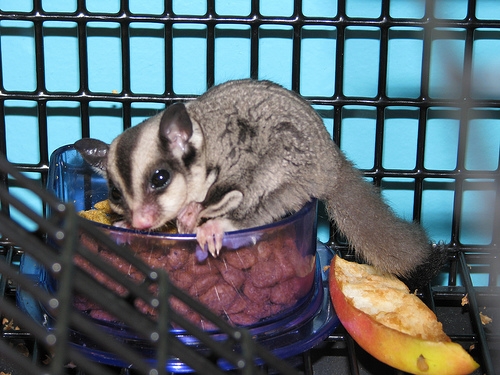
Sugar gliders can live up to 15 years in captivity, but the average lifespan for a pet sugar glider is eight years. The wide range in life expectancy for sugar gliders can be accounted for by the challenges of providing an safe environment, proper nutrition and preventing illnesses in an exotic animal. In the wild, the life expectancy of a sugar glider is no more than six years.
Sugar glider owners can help improve longevity of their pets by providing a safe environment. Sugar gliders have opposable thumbs and can escape from many cages. A secure, glider-proof cage will keep your pet safe. Sugar gliders that escape their cage are at risk of poisoning, attack by other animals, electrocution or entanglement and drowning, especially in an open toilet. Sugar gliders are intelligent animals who like to explore their environment. It is important to keep them out of danger. Do not leave them unattended when they are exercising outside of their cage. Sugar gliders should be kept away from drafts and breezes. Baby sugar gliders require a warm temperature, about 78 to 80 degrees. Adult sugar gliders live best at the temperature humans are comfortable in, from 65 to 90 degrees.
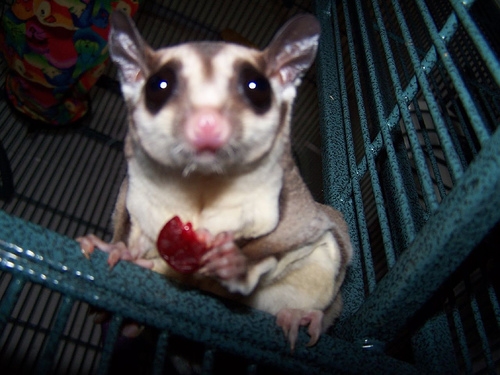
A well-balanced, varied, low fat, low carbohydrate diet of cat or ferret food, fresh and dried fruits, vegetables and insects helps avoid health issues. Onions and garlic are toxic to sugar gliders. The right combination of foods for a sugar glider can be time consuming to prepare. Sugar gliders need a constant supply of fresh water. They dehydrate easily. Water should be offered in a bowl that won't tip over or in a water bottle the sugar glider is comfortable drinking from.
Regular health checks and professional guidance contribute to healthy, long life. It is important to find a veterinarian that specializes in exotic pets and who is familiar with sugar gliders. Ask your vet if they have cared for other sugar gliders. Sugar gliders do not need immunizations. They should be carefully inspected for infections, parasites and any other signs of disease. Pay careful attention to your healthy sugar glider so that you recognize early signs of illness. They may be subtle. Like all wild animals, sugar gliders will hide their illness so that they are not more vulnerable to predators.
It is helpful for owners of exotic pets to participate in enthusiast groups, whether live or on line. There is a wealth of information available about these unusual pets from sugar glider breeders and from experienced sugar glider owners.
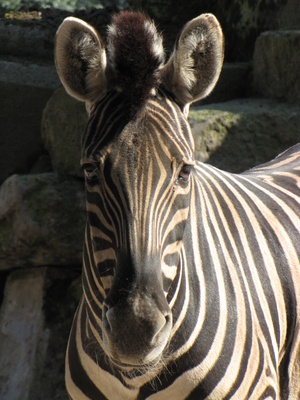 Exotic Pet Laws in Ohio
Exotic Pet Laws in Ohio
Exotic Pet Law
Exotic Pet Laws in Ohio
Exotic Pet Laws in Ohio
Exotic Pet Law
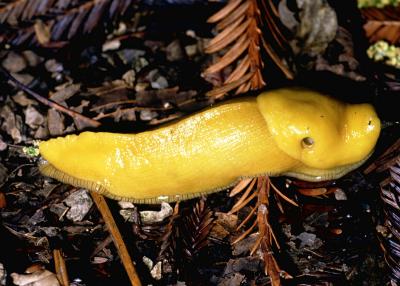 How Long Do Slugs Live Under Human Care?
How Long Do Slugs Live Under Human Care?
How Long Do Slugs Live Under Human Care?
How Long Do Slugs Live Under Human Care?
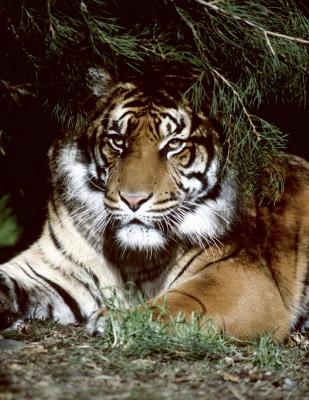 What Are People Doing to Help Endangered Animals?
What Are People Doing to Help Endangered Anima
What Are People Doing to Help Endangered Animals?
What Are People Doing to Help Endangered Anima
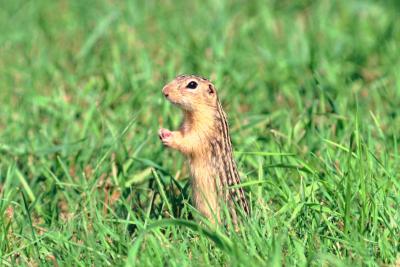 How to Care for a Baby 13-Lined Ground Squirrel
How to Care for a Baby 13-Lined Ground Squirre
How to Care for a Baby 13-Lined Ground Squirrel
How to Care for a Baby 13-Lined Ground Squirre
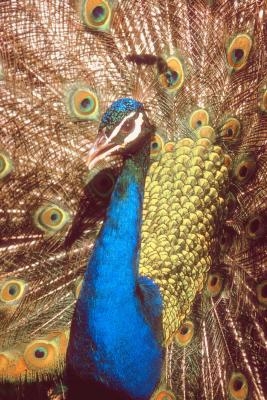 Problems With Male Peacocks Being Housed Together
Problems With Male Peacocks Being Housed Toget
Problems With Male Peacocks Being Housed Together
Problems With Male Peacocks Being Housed Toget
Copyright © 2005-2016 Pet Information All Rights Reserved
Contact us: www162date@outlook.com